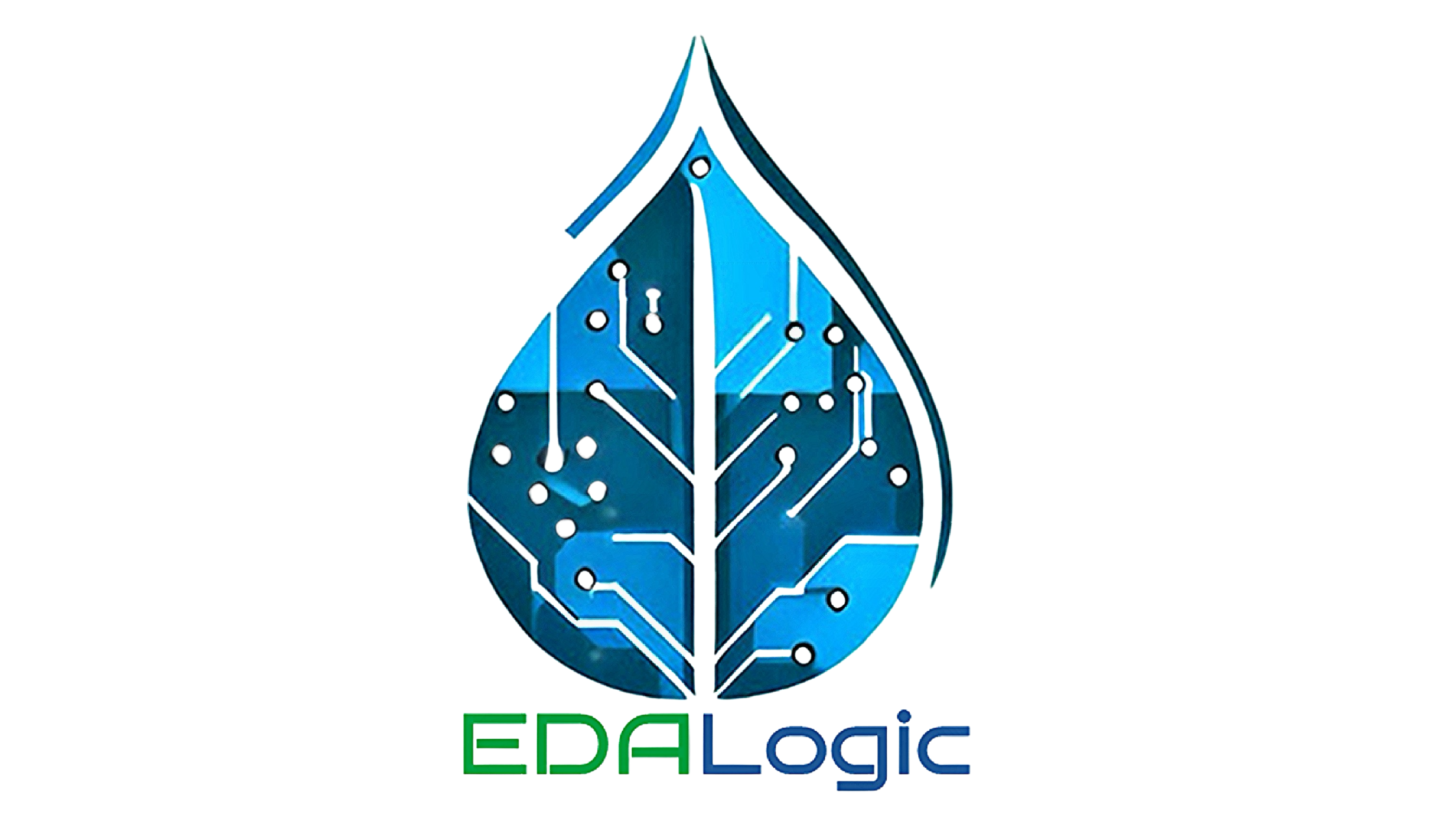The Future of Electronic Design Automation (EDA): Trends to Watch
In the ever-evolving landscape of technology, Electronic Design Automation (EDA) is a critical driver of innovation. EDA tools and methodologies have played a pivotal role in shaping the semiconductor industry and electronic products that permeate our daily lives. As we look ahead, several key trends are poised to reshape the future of EDA. In this article, we'll explore these trends and their implications.
1. AI and Machine Learning in EDA:
Artificial Intelligence (AI) and Machine Learning (ML) are revolutionizing EDA. These technologies are enhancing the efficiency of chip design, automating complex tasks, and optimizing power consumption. AI-driven tools can analyze vast datasets, identify patterns, and provide insights that were previously unimaginable. Expect to see further integration of AI and ML in EDA workflows.
2. Cloud-Based EDA:
The migration to the cloud is transforming the EDA landscape. Cloud-based EDA offers scalability, flexibility, and collaborative capabilities. It allows engineers to access powerful computational resources from anywhere, facilitating global collaboration and speeding up design iterations. Security and data privacy remain essential considerations in this shift.
3. Rapid Prototyping and FPGA:
Field-Programmable Gate Arrays (FPGAs) are gaining prominence for rapid prototyping and verification. They enable designers to quickly test and iterate designs before committing to silicon. With FPGA technology advancing, expect more designers to leverage FPGAs for cost-effective prototyping.
4. Customization and Heterogeneous Integration:
The demand for customized chips is on the rise. EDA tools that support heterogeneous integration, combining various components into a single chip, are becoming crucial. This trend caters to applications like AI accelerators, IoT devices, and edge computing.
5. Security-First Design:
As cybersecurity threats grow, EDA is incorporating security as a fundamental design consideration. Secure hardware design and verification are critical to protect against vulnerabilities and attacks. EDA tools that aid in building secure chips will be in high demand.
6. Quantum Computing Impact:
Quantum computing is on the horizon, and it promises to disrupt traditional computing paradigms. EDA for quantum hardware is an emerging field, presenting unique challenges and opportunities. Quantum-aware EDA tools will be vital for the development of quantum technologies.
7. Sustainability and Energy Efficiency:
Sustainability is not just a buzzword; it's a global imperative. EDA can contribute by optimizing chip designs for energy efficiency. As environmental concerns grow, EDA will play a role in minimizing electronic waste and reducing energy consumption.
8. 5G and Beyond:
The rollout of 5G networks and the development of 6G are driving innovation in EDA. These technologies require new chip designs to support higher data rates, low latency, and massive connectivity. EDA will be instrumental in shaping the wireless future.
In conclusion, the future of EDA is dynamic and promising. The convergence of AI, cloud computing, and other emerging technologies will empower engineers to create innovative electronic solutions faster and more efficiently. As EDA companies like ours continue to push the boundaries, we anticipate a wave of transformative developments in the semiconductor industry.
Stay tuned to our blog for more insights and updates on the exciting world of Electronic Design Automation!

